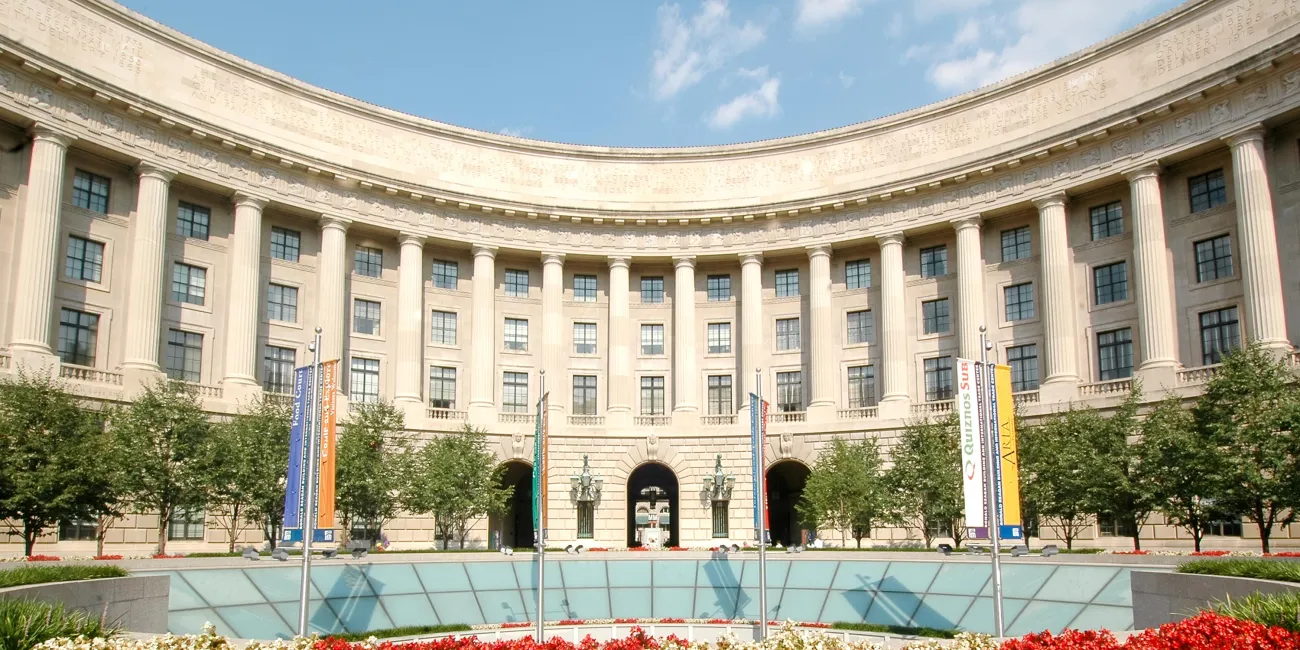What Is Going On With the Economy and What Does It Mean for the Municipal Market?

Anyone who thinks they understand what is happening in the economy – and what will happen – should think some more. The post-pandemic state of the economy is somewhat of a mystery, but a mystery worth exploring. Unemployment is a low 3.8%. Inflation is somewhere between 3.5% and 4.5% depending on which index is used. Mortgage rates are about 7.5%, the highest rates since 2001. And the numbers released a few days ago have inflation being at best flat and at worst up a bit, raising questions about another rate increase.
The yield on the 10 year Treasury is about 4.8% and the 30 year Treasury is about 4.9%. The Fed Funds rate is about 5.33% – an inverse curve. And yet the economy produced 336,000 new jobs in September, outperforming predictions by almost two times.
In summary, as interest rates have risen over the past one and a half years, inflation has declined but surprisingly jobs have meaningfully increased. Typically increasing interest rates results in economic stagnation not in economic growth. Rising interest rates resulting in economic growth is counter-intuitive, counter-historical, and counter to conventional economic theory.
So why is this happening? One plausible theory is that essentially there are more jobs than people who need to work, i.e. there is a labor shortage allowing for significant pay raises and therefore strong consumer spending supporting continued economic growth.
Why would there be a labor shortage? A number of reasons. One is that many retired early during the pandemic. Another reason is that baby boomers are getting to retirement age and constitute a disproportionate percentage of the work force. As baby boomers retire, there are not enough new workers to take their place. This is the first time in US history that there are long-term trends resulting in a declining work force.
These employment trends also suggest that interest rates may have to stay elevated for a long time in order to control inflation driven by a wage spiral. Increased strike activity and growing wage increases are demonstrations of a shift in leverage towards workers on account of the labor shortage.
An alternative plausible theory is that economic growth is occurring and will keep occurring until it ceases to occur. At some point interest rate rises will have the desired impact of slowing economic growth but it is just taking longer than usual. And if a recession does occur, it could be sudden and meaningful.
While economic growth continues, rising interest rates have at the same time caused significant dislocation in the economy. Three significant banks have liquidated and many others continue to struggle with their balance sheet insolvency. Banks have limited lending because of a liquidity crunch and lend with very conservative underwriting standards. New regulatory controls are anticipated, which will require even greater capitalization and reserves.
The real estate market has also been shaken. With interest rate increases and uncertainty, acquisitions have been very challenging. The office sector is decimated because of the changes in work habits. Transactions in the multifamily and hospitality sectors have slowed. Refinancings are challenging.
And the municipal sector has been significantly impacted. With rising rates, outflows from municipal mutual funds have been the norm for over a year. The amount of funds seeking to purchase municipal bonds has sunk to an unprecedented level. With such low demand and with already high interest rates, borrowers are having a challenging time getting deals done, especially in the high yield sector.
Defaults in the municipal bond market have been significant with financings relating to senior living facilities and increasingly relating to hospitals. This has been due to pandemic impacts, rising costs, and rising rates, but also due to longer-term trends posing challenges to these sectors.
Stress is also revealing itself with small- to medium-size colleges, new construction facilities, and shopping center/entertainment centers.
What does all this mean for investor approaches to the municipal market? We suggest the following:
- For new bond transactions, there exists an unprecedented opportunity to impact the security package, covenants, defaults, continuing disclosure and the other bondholder protections. With low demand and conduit borrowers struggling to market their bonds, investors have tremendous leverage and should use it wisely. Precedent and past practice should not limit the substance or scope of investor requirements.
- For distressed sectors, a proactive approach is critical to minimizing losses. This means utilizing covenant defaults to obtain improved security, covenants, disclosure, and other document protections. It means striving to “right the ship” prior to a payment default occurring. While a refinancing in this interest rate environment is generally not feasible, implementing a bond exchange may be useful in order to restructure debt service to meet cash flows so that holders have performing bonds.
- For credits with payment defaults, it means understanding the economy and the sector to devise alternative paths to maximizing recoveries.
- With federal COVID funds to states nearly all spent, real estate assets devalued resulting in lower property taxes, lower sales and commuter taxes due to changes in work and living patterns, and increasing costs, municipalities are likely to face new fiscal challenges over the next couple of years.
- In the medium to long term, sustained higher rates will eventually present good opportunities on the buy side.
Contacts
- Related Practices
